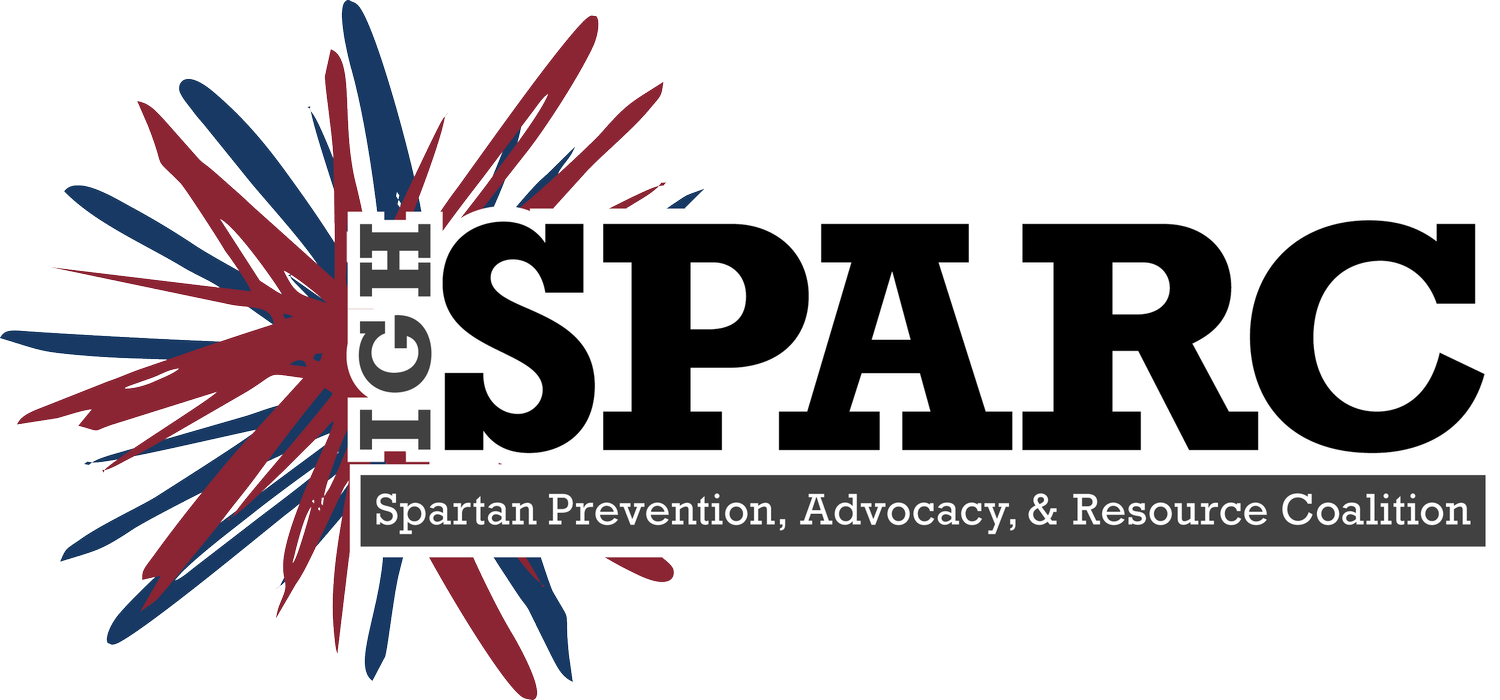
SPARC Resources
-
Change to Chill
The Change to Chill program, offered through Allina Health, provides free online mental health resources for teens. It is designed to help them learn how to relax and integrate healthy habits into their lifestyle. Teens, mentors, and parents are welcome to explore mindfulness guides and stress management activities at www.changetochill.org.
-
The Child Mind Institute
The Child Mind Institute offers FAQs, a glossary of terms, and easy-to-read information on mental health-related concerns, including drugs and alcohol, treatment, and teen/young adult issues. Resources are available for parents and families looking for help. Visit childmind.org to learn more.
-
Fast Tracker
Fast Tracker is a searchable directory of clinics and professionals to find specific mental health and substance-related help near you. Resources are also available via phone, text, and online connections. Visit fasttrackermn.org to learn more.
-
Gobi
Gobi offers online drug and alcohol prevention and early intervention programs that parents and their teens can do together. Brief daily tasks are done with a smartphone, and supportive messages are tailored to the teens and parents going through the programs. Visit www.gobi.support to learn more.
-
Mental Health America
Mental Health America, a nationwide resource, offers phone numbers, online self-assessments, and information about awareness and getting help to promote mental wellness. Visit mhanational.org to learn more.
-
My Life, My Quit™
My Life, My Quit™ is a free, confidential way for teens to quit vaping or smoking. It offers free coaching, resources for parents, and more. Visit https://mn.mylifemyquit.org/index to learn more.
-
NAMI Minnesota
The National Alliance on Mental Illness (NAMI) Minnesota is a leading nonprofit organization offering help to people with mental health concerns, including substance use. A wide variety of podcasts, brochures, online and in-person classes, support group details, and more opportunities and resources are accessible at namimn.org.
-
Partnership to End Addiction
Through Partnership to End Addiction, teens and their families can connect to Spanish- and English-language resources, including a phone helpline, Zoom gatherings, and online skill-building courses. Addiction is addressed at all points: prevention, early stages, addiction, and recovery. Families who are or who might be dealing with addiction are invited to visit drugfree.org to learn more.
-
Youth Service Bureau
The Youth Service Bureau in nearby Washington County offers counseling, assessments, awareness programs, and other aid for teens dealing with chemical use and many other sensitive issues. Support is offered individually, to families, and as classes. Online resources, such as videos and webinars, are also available. Visit ysb.net/resources/chemical-health to learn more.
SPARC a Conversation
-
Be Ready to Listen
If a child who approaches you about vaping, alcohol, or marijuana, be prepared to listen patiently. Try not to lecture them, and instead, give them space to share their thoughts.
-
Ask Questions
What kinds of things do you and your friends like to do when you get together?
Do you know anyone who vapes, drinks alcohol, or uses marijuana? In what kinds of situations do they do it?
-
Set an Example
Kids learn from adults. Set a positive example by being drug- and tobacco-free and drinking responsibly.
-
Ask for Support
The resources listed on this page provide kids, parents, families, and communities with tools and connections to help find support that best fits their needs.
Let’s talk about Vaping.
Know the Facts
MOST IGHMS and Simley students DON’T use e-cigarettes or vaping devices.
E-cigarettes are the most common tobacco product used by youth.
Many e-cigarette and vaping products come in kid-friendly flavors, such as cotton candy, chocolate, and strawberry.
Vaping devices contain nicotine, the same as is found in cigarettes, and it is highly addictive.
Use of e-cigarettes and vaping devices in the teenage years can lead to addiction, use of other more harmful tobacco products, and long-term damage to brain development and respiratory health.
The side effects of vaping include headaches, nausea, fatigue, addiction, and learning, memory, and attention problems.
What to Look for
Vaping devices may look like:
a cigarette (cigalike)
a USB drive or pen (JUUL, vape pen)
a box or lighter (box mod, pod mod, all in one mod)
lookalikes (asthma inhalers, car fobs)
Let’s talk about Alcohol.
MOST IGHMS and Simley students DON’T drink alcohol.
Alcohol is the most widely used substance abuse amongst teenagers.
There are an average of 4,300 deaths related to teenage alcohol consumption in the United States each year.
Potential Side Effects of Drinking
School problems, such as higher rates of absences or lower grades
Social problems, such as fighting or lack of participation in youth activities
Legal problems, such as arrest for driving or physically hurting someone while drunk
Physical problems, such as hangovers or illnesses
Unwanted, unplanned, and unprotected sexual activity
Disruption of normal growth or sexual development
Physical and sexual violence
Increased risk of suicide and homicide
Alcohol-related motor vehicle crashes and other unintentional injuries, such as burns, falls, or drowning
Memory problems
Misuse of other substances
Changes in brain development that may have lifelong effects
Alcohol poisoning
What to Look for
Sneaky behavior or social withdrawal
Changes in their friend group
Personality changes
Decline in school performance
Getting sick more often
Signs Your Teen Has Been Drinking
Lowered inhibitions
Poor concentration
Slow reflexes and reaction times
Reduced coordination
Slurred speech
Let’s talk about Marijuana.
Know the Facts
MOST IGHMS and Simley students DON’T use marijuana.
Marijuana is the dried leaves and flowers of the Cannabis sativa or Cannabis indica plant.
Stronger forms of the drug include high potency strains - known as sinsemilla, hashish (hash for short), and extracts.
Of the more than 500 chemicals in marijuana, delta-9-tetrahydrocannabinol, known as THC, is responsible for many of the drug’s psychotropic (mind-altering) effects. This chemical distorts how the mind perceives the world and makes a person “high.”
The brain is still developing during adolescence and is not fully developed until around age 25. Marijuana use during the teenage years can affect brain development.
What to Look for
Short-term Effects
Altered senses, such as seeing brighter colors
Altered sense of time
Changes in mood
Slow reaction time
Problems with balance and coordination
Increased appetite
Problems thinking and solving problems
Memory problems
Hallucinations, or seeing things that aren’t really there
Delusions, or believing something that is not true
Psychosis, or having false thoughts, which is most risky with regular use of high potency marijuana
Long-term Effects
Increased heart rate
Respiratory problems
Increased risk for mental health problems



